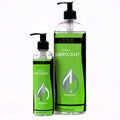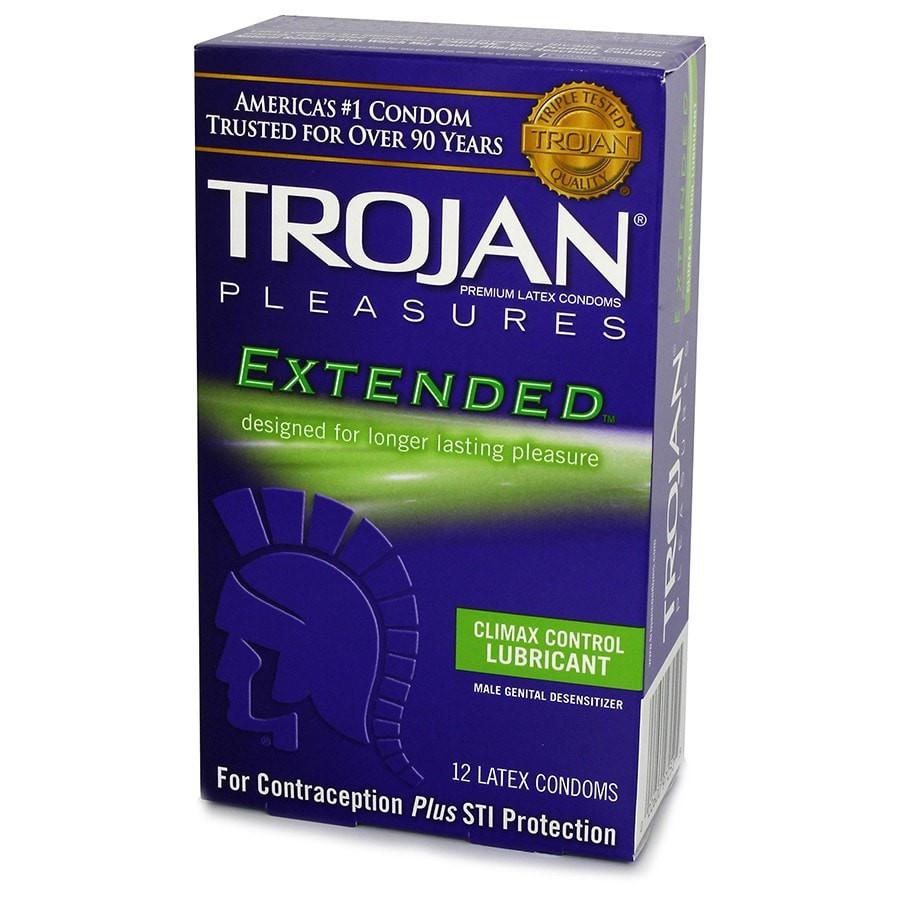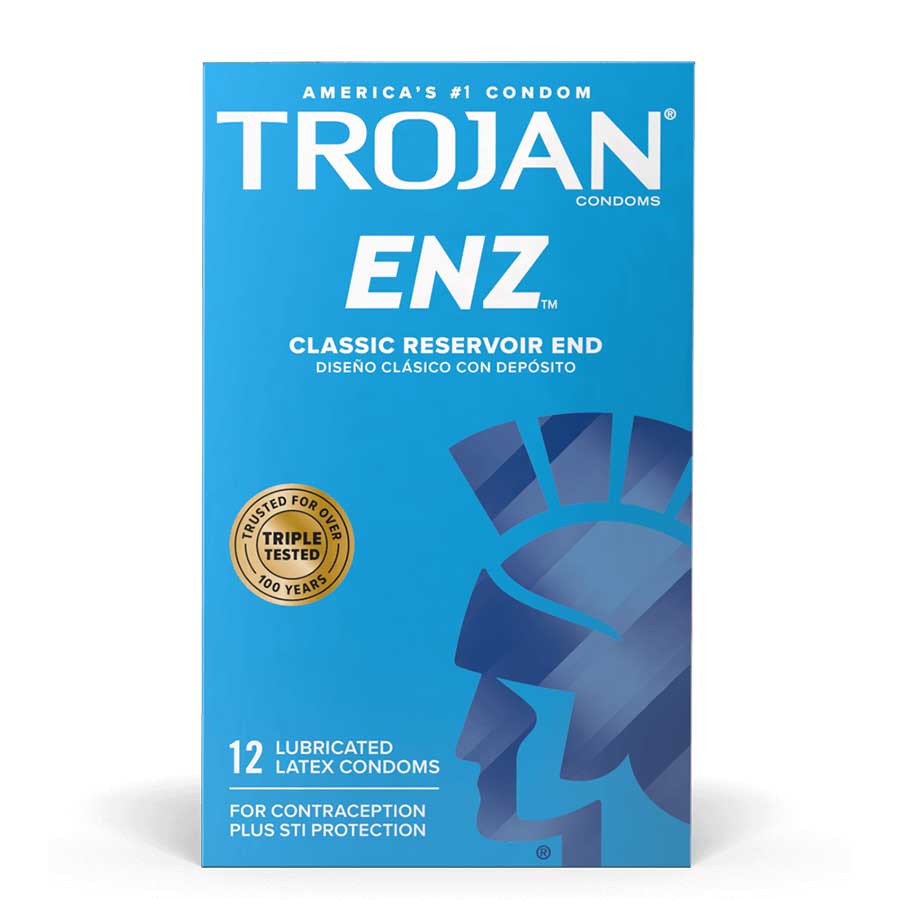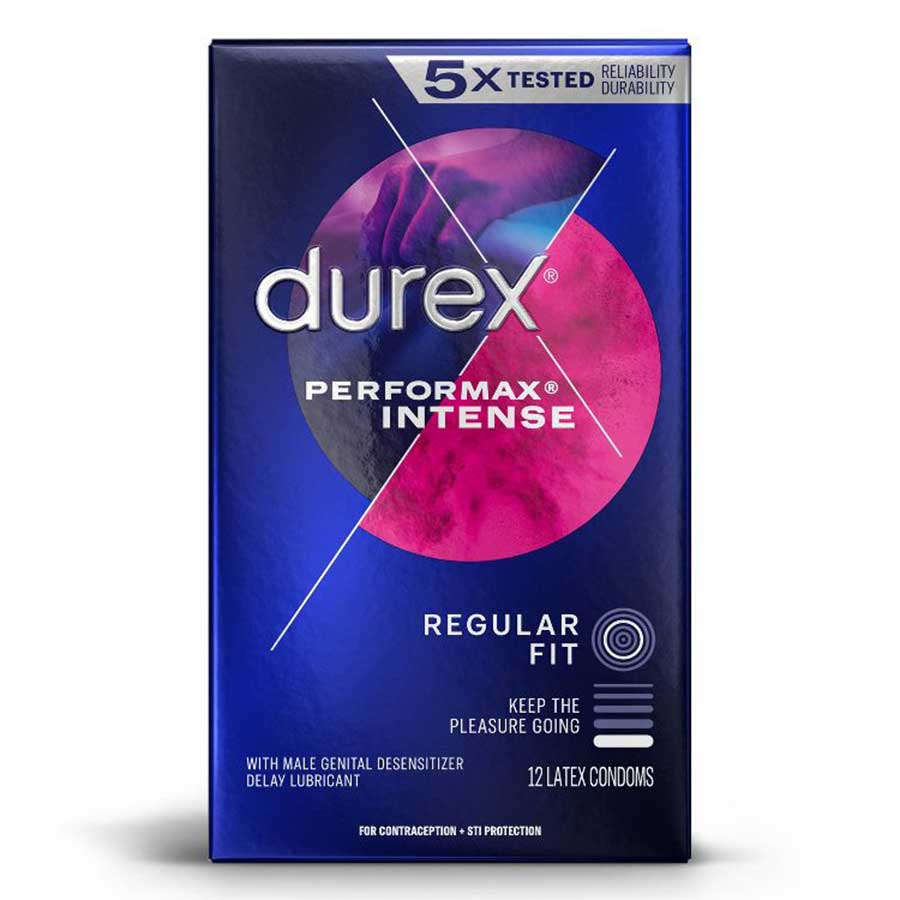Listen to an audio summary
A study into condom use published by the National Library of Medicine documented that those who had used poor-fitting condoms (44.7%) were significantly more likely to report:
- Breakage
- Slippage
- Difficulty reaching orgasm (for both partners)
- Reduced sexual pleasure
- Irritation to the penis
- Interference with erection
- Erection loss
- Were more likely to remove them before sex ended
If almost 45% of the men in just one study reported poorly fitting condoms, imagine how many more men, penis owners, and their partners suffer such issues globally?
How can you ensure you won't succumb to such problems? The answer lies in understanding how to pick the best possible condoms for you and how to use them correctly.
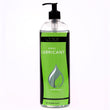
The importance of choosing the right condom size
Condoms are a method of barrier contraception that fits over the penis. Categorized as class II medical devices, they follow specific guidelines by the FDA (Food & Drug Administration).
For their most effective operation and protection, the correct condom fit is essential.
According to Contraceptive Technology medical publication, the percentage of women who experience unintended pregnancy during the first year of typical condom use was 21% and 15% for females and males (respectively); those figures dropped to 5% and 2% under perfect use.
|
IMPORTANCE |
REASON |
|
Prevents breakage and slipping off |
|
|
Prevents discomfort |
|
|
Ensures protection from STIs |
|
|
Helps prevent pregnancy |
|
|
Enhanced sex play and performance |
|
|
Additional peace of mind |
|
How to choose the perfect condom size
Penis size can be a sensitive topic for many men; for the perfect condom, you must be honest about the correct size condom for your body.
The last thing anyone wants is to risk a condom breaking during use, making them vulnerable to pregnancy and sexually transmitted diseases.
1. Measure the size of your penis
You'll need a flexible measuring tape or a ruler and some string. Make sure you have a fully erect penis.

The girth measurement is the circumference of your penis. Depending on the manufacturer, this could be the measurement they use, or they could use the actual penis width. For a precise width, you'll need to divide the circumference by 3.14 for the width or diameter.
Depending on the manufacturer, this could be the measurement they use, or they could use the actual penis width
By measuring your correct penis length and width, you can be confident your condom will fit properly, providing the required snugger fit for fewer mishaps.
2. Check a Condom Size Chart
Sizing varies between different condom brands, with options for standard, snug, and large condoms. Condom sizes aren't always available on the packaging, so consulting each manufacturer's size chart is a practical and sensible step.
Condom Size Chart

A study published in BJU International (British Journal of Urology) calculated the average erect penis size from a study group of almost 700 men was 13.12cm. The average girth measurement of an erect penis (from a study group of 381) was 11.66cm. However, Wikipedia's page concerning penis size included another eight similar studies with the average erect penis length ranging from 12.7cm to 15.24cm.
Correct condom sizing helps to enhance sexual intercourse, so it's essential to leave your ego out of your choice—for you and your partner.
With such variation, it's thought that a standard-size condom will only be appropriate for around half of the penis owners; that's possibly why their first use is rarely a great experience for so many. Correct condom sizing helps to enhance sexual intercourse, so it's essential to leave your ego out of your choice—for you and your partner.
3. How to tell if a condom fits properly
The ideal size condom should provide a comfortable, snug fit with a small amount of roll at the base.
MedicalNewsToday states that when it comes to condoms, girth is considered more important than length; if they're too loose, they're more likely to slip off during sex, and those that are too tight are more likely to break.
If no roll is left at the base of the penis shaft, you need a longer condom size.
Most condoms are designed to be slightly longer than necessary, as a shorter condom is more likely to slip off during sex. If no roll is left at the base of the penis shaft, you need a longer condom size.
Condom Types: Exploring your condom options
By Material
|
Latex condoms |
|
|
Non-latex condoms |
|
|
Polyurethane condoms |
|
|
Polyisoprene condoms |
|
|
Lambskin condoms |
|
|
Vegan condoms |
|
By Thickness
|
Extra thick |
|
|
Thin and Ultra-thin |
|
By Sensitivity
|
Additional sensitivity |
|
|
Reduced sensitivity |
|
Other Features
|
Textured |
|
|
Lubricated |
|
|
Non-lubricated |
|
|
Flavored |
|
|
Scented |
|
|
Fluorescent glow |
|
5 tips for finding your perfect condom
1. Consider your partner
Sexual pleasure is a two-way street. Talk to your partner about what they would like from a condom. Are they most concerned about protection and strength? Are they vegan? Allergic? Would they benefit from a condom designed to add stimulation or prefer one that feels like it almost isn't there at all?
2. Consider your stamina
If you work your condoms hard for extended periods, thicker, stronger options will likely suit your practices. Remember, even though some condoms are lubricated, it doesn't add what's necessary for those longer bouts. Ensuring you're suitably lubed for the entire experience will mean adding a little extra lube to your shopping list.
3. Keep your skin in mind
For sensitive skin in such sensitive areas, organic and natural condoms can decrease irritation. However, if you know the chemicals your partner is particularly sensitive to, search for an option that doesn't contain them.
4. Check for added stimulation
Ribbed, studded, ridged, or any other textured condoms add extra friction to penetrative sex. For some, that's a great addition; for others, not so much. If you'd like to enhance sex play, consider wearing a vibrating penis ring with your condom or a penis sleeve to take things to the next level.
5. Try out different materials and styles
If you're baffled by the many types of condoms and aren't sure what might work for you, many outlets and brands have assorted packs that let you try various options. The more you try, the more likely you are to find the ideal choice for every mood, act, and outcome.
How to put a condom on correctly
With the right-sized condom determined and all styles and types considered, the next essential factor of proper use is ensuring you put them on correctly. Even the best condoms in the world won't work to their maximum efficiency if they aren't worn properly.
-
Check for wear and tear on the packaging and also the expiration date. Condoms don't like heat, so they will degrade if left in a wallet or pocket for too long.
-
Open the wrapper carefully. Many have a serrated tear-line to make things easier. Never use your teeth; you could easily tear the condom inside. Show extra care if you have long nails or jewelry.
-
Pinch the reservoir tip and place it on the head of the penis.
-
Expel any air and roll down the penis length to the base.
-
If your condom is only lightly lubricated, add further lubrication if required. Remember, oil-based options degrade latex, so a water or silicone-based lube is essential.
-
After ejaculation, grip the condom at the base of the penis with your fingers before withdrawing. This will stop the condom from slipping off.
-
Remove the condom, tie a knot in it to prevent spillage, wrap it in a tissue, and throw it in the bin (not flush it down the toilet).
Condom FAQs
Are there condoms that are one size fits all?
Most condoms are designed around the average penis size. However, for those with bigger or smaller penises, most condom brands cater to those differences with additional options.
How do you know if a condom fits properly?
Condom sizes vary between brands, but all should offer a snug fit while still feeling comfortable. It should be tight without feeling too tight, and there shouldn't be much excess material around the penis base.
Do condoms often break or slip off during sex?
Sadly, yes. However, most malfunctions are due to poor-fitting condoms or not putting them on correctly. Too much friction can cause chaffing and damage to condoms, so ensuring adequate lubrication is also essential.
Does it matter which lubricant I use?
Yes. Oil-based lubricants will break down a latex condom, so it's imperative to use water or silicone-based lubes.
What's the difference between internal and external condoms?
External condoms are designed to be worn on a penis (externally), whereas internal condoms (an alternative barrier contraception method) fit inside the vagina or anus. Also known as female condoms, their appearance resembles a tube with rings at both ends. The closed-end ring is inserted into the body while the open-ended ring covers the entry. They're larger than external condoms, made from the same material types, and also categorized as FDA class II medical devices.
What should you do if a condom breaks?
If a condom breaks during sex, stop immediately and remove the broken or damaged condom. If there is a risk of STI, consult a doctor as soon as possible. For those worried about pregnancy, emergency contraception is available from doctors, pharmacies, and sexual health clinics.
Summary
Finding the best condom for your tastes and needs can take a little experimentation; however, the results are worth the effort.
With condoms designed for sensitivity, strength, added pleasure, and more, they provide far more than protection against pregnancy and STIs.
Knowing your correct size and how to use them properly will create the snug fit you need for their ultimate efficiency and will raise your protection to the optimum 98% success rate.
Taking any risks during sex for you or your partner(s) simply isn't worth it, especially when such a straightforward solution is so readily available.
